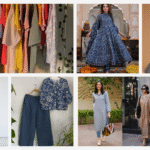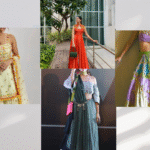
Finding the best fabric for ethnic wear can feel confusing, especially with so many beautiful choices available in India. The right fabric makes your outfit not just stylish, but also comfortable and perfect for the occasion. Here’s a simple, easy-to-follow guide to help you pick the best fabric for your ethnic outfits.
Understanding Different fabrics for ethnic wear:
Indian ethnic wear is crafted from various fabrics, each offering a unique texture, fall, and feel. Let’s explore the most popular options:
Cotton:
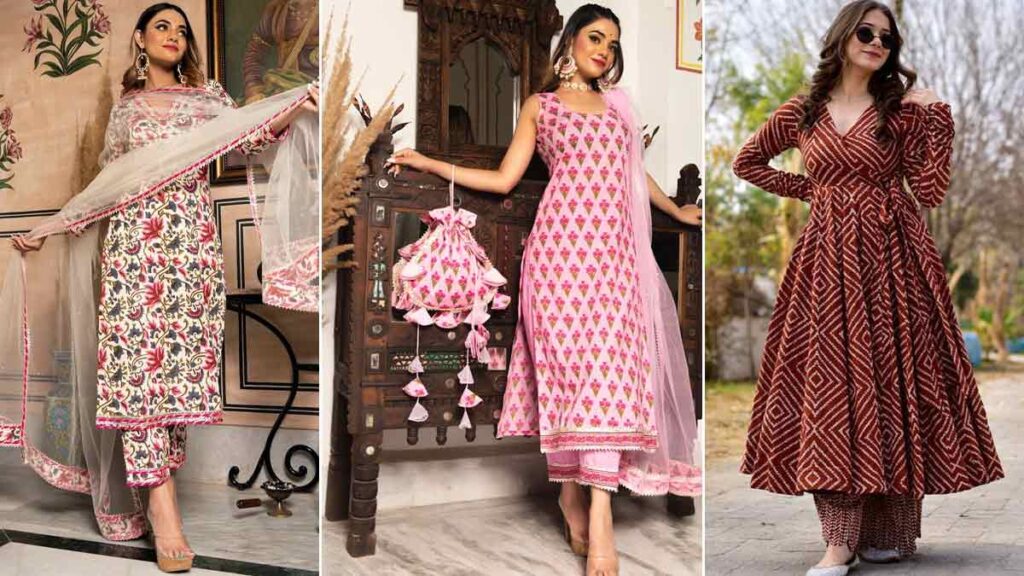
Known for its breathability and comfort, cotton is a staple in Indian ethnic wear. Perfect for daily wear and summer outfits, cotton kurtis, sarees, and salwar suits offer a light, airy feel. Cotton’s ability to absorb moisture and keep you cool makes it ideal for casual and workwear. so, cotton is best fabric for ethnic wear.
Silk(Best fabric for ethnic wear)
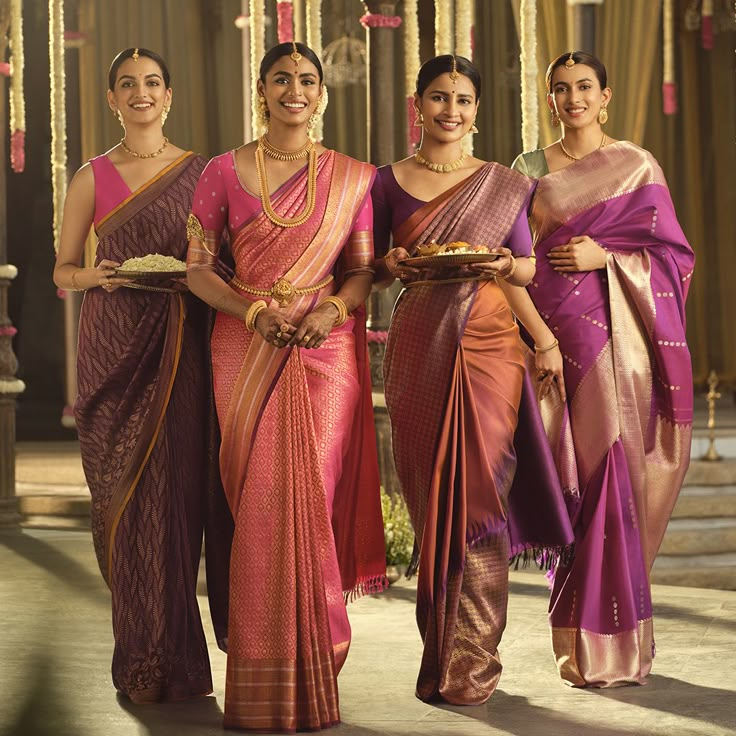
Synonymous with luxury and elegance, silk is a go-to fabric for festive and wedding wear. Variations like Banarasi silk, Kanjeevaram, and Tussar silk are known for their rich texture and beautiful sheen.It is best fabric for ethnic wear. Silk sarees and lehengas exude sophistication and are often heirloom pieces.
Georgette:
Lightweight and flowy, georgette is best fabric for contemporary ethnic wear. It drapes beautifully, making it a preferred choice for anarkalis, gowns, and sarees. Georgette’s slight grainy texture adds an element of grace and makes it suitable for both casual and party wear.
Chiffon:
Known for its sheer, delicate appearance, chiffon is another lightweight fabric that offers an elegant drape. It’s ideal for layered designs and flowy outfits like sarees and dupattas. Chiffon adds a touch of femininity and sophistication to any ensemble.
Linen:
A natural fabric with a crisp texture, linen is perfect for understated, classy ethnic wear. Linen kurtis and sarees are loved for their durability and comfortable feel. The fabric’s natural wrinkles add a rustic charm that’s hard to replicate. It also best fabric for ethnic wear.
Velvet:
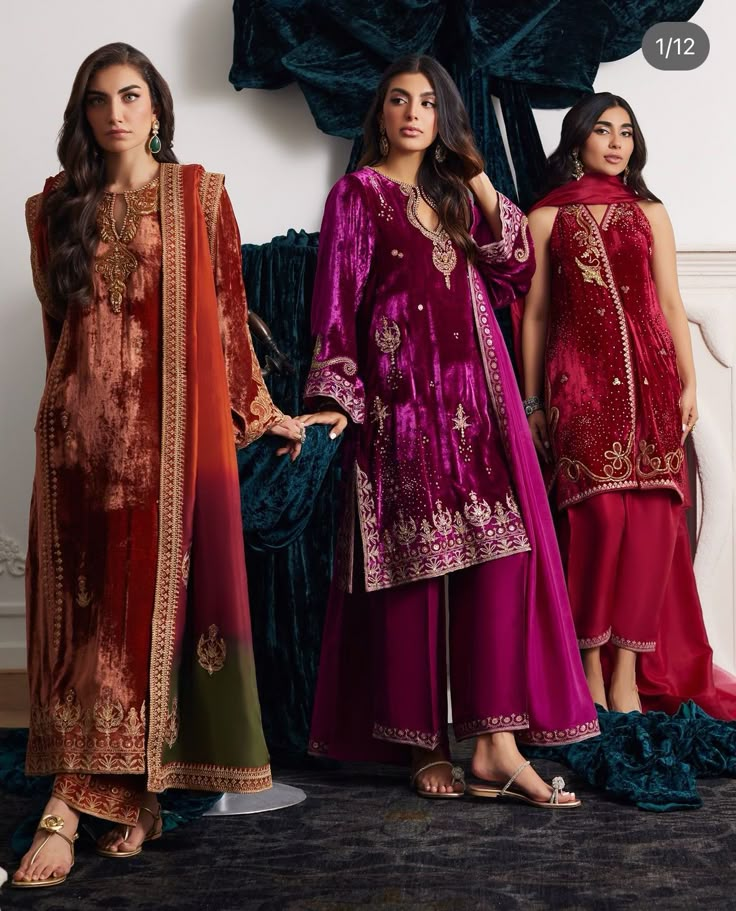
Associated with opulence, velvet is a rich, warm fabric best suited for winter festivities. Velvet lehengas, blouses, and dupattas create a royal appearance, especially when adorned with embroidery or embellishments. Velvet suits are very classy nature, best fabric for ethnic wear.
Crepe(Best fabric for ethnic wear):
A versatile fabric with a slightly crinkled texture, crepe works well for both formal and casual ethnic wear. It’s easy to manage and offers a structured yet flowing silhouette, making it ideal for kurtis and sarees.
Brocade:
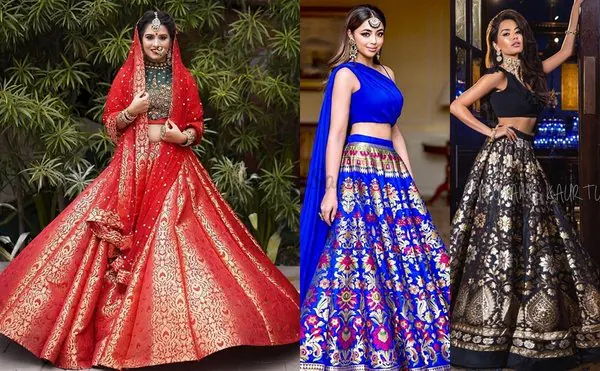
Often reserved for grand occasions, brocade is a heavy fabric woven with intricate patterns, often in gold or silver threads. Brocade sarees, lehengas, and jackets reflect regal charm and are perfect for weddings and festivities.
Choosing Fabrics Based on Occasion
The occasion plays a crucial role in fabric selection. Here’s how to make the right choice:
Daily Wear: Comfort takes priority for everyday outfits. Cotton, linen, and crepe offer breathability and ease of movement, making them ideal for casual kurtis, salwar suits, and sarees.
Workwear: For a professional setting, fabrics like cotton, linen, and light georgette balance comfort and style. Solid colors and subtle prints maintain a polished appearance.
Festive Wear: Rich fabrics like silk, brocade, and georgette add glamour and elegance to your festive wardrobe. These materials offer vibrant colors and intricate detailing suitable for celebrations.
Wedding Wear: Weddings call for grandeur, and fabrics like Banarasi silk, velvet, and heavy brocade perfectly reflect the opulence of Indian traditions. Lehengas, sarees, and anarkalis in these materials stand out beautifully.
Seasonal Considerations:
- Summer: Cotton, linen, and chiffon keep you cool and comfortable in hot weather.
- Winter: Velvet, silk, and brocade provide warmth and a luxurious feel.
- Monsoon: Quick-drying fabrics like georgette and crepe minimize discomfort during humid conditions.
Caring for Ethnic Fabrics
Proper care ensures the longevity and beauty of your ethnic wear. Here’s how to maintain different fabrics:
- Cotton: Machine washable, but prefer cold water and gentle cycles.
- Silk: Dry clean only to maintain its sheen and texture.
- Georgette & Chiffon: Hand wash or dry clean to prevent damage.
- Linen: Wash in lukewarm water and iron while slightly damp.
- Velvet: Dry clean and store in a breathable cover.
- Brocade: Avoid frequent washes; dry clean and store in a cool, dry place.

